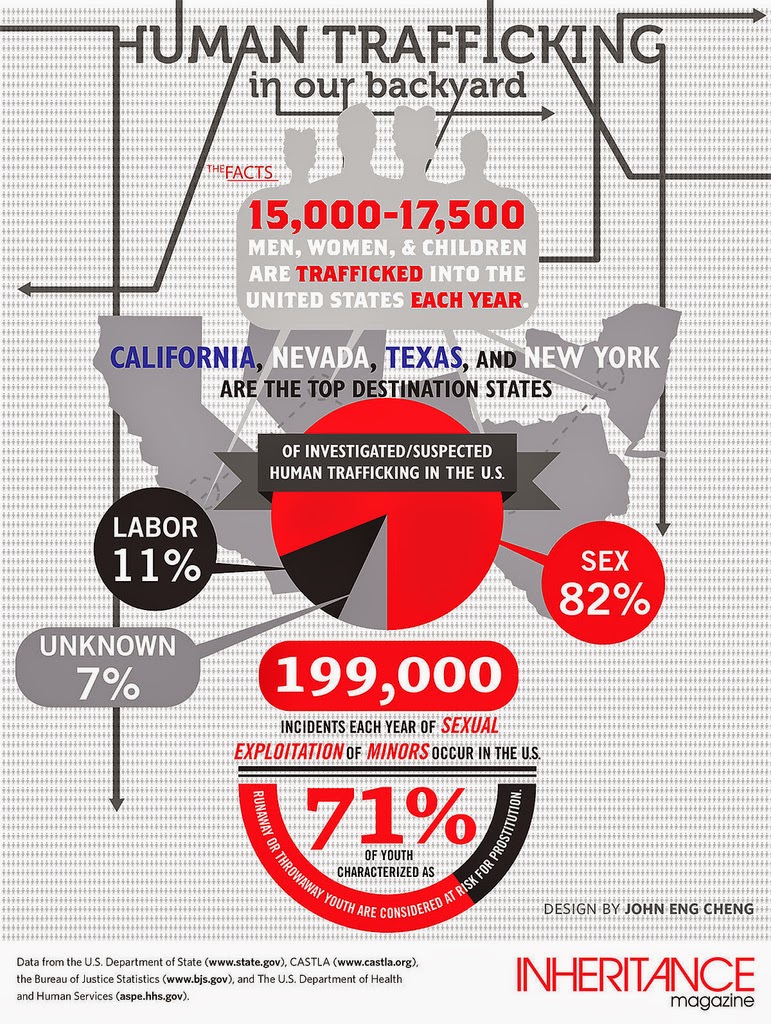The first one is the Care Package Program through Foster Care to Success. This is a program that collects care packages to send to foster kids in college. The students receive three packages a year to help them feel like other college students who receive packages from home. They send out about 7,500 packages a year. Some of the items donated are school supplies, snacks, beach blankets, clothing, and more.
Another Foster Care to Success project is the Red Scarf Project. It stems from the Care Package Program. They collect handmade red scarves throughout the year that can be sent to the college students in a Valentine's Day care package. They have delivered over 20,000 scarves over the last 10 years.
This next project is not really one I am planning on donating to, but it is an interesting concept. It is the Project Meet Me Halfway. This was started in 2009 by country singer Jimmy Wayne. The purpose is to raise awareness to the youth aging out of the foster care system and not having the tools and support they need to be successful in life. Wayne felt guilty because he had been living a comfortable life, having toured with Brad Paisley for most of the year. He felt as though he didn't do anything to make a difference. He started this project the next month which consisted of walking halfway across the country (Nashville, TN to Phoenix, AZ) in the middle of winter to raise awareness for the kids who have aged out of the system and cannot live a comfortable life.

The third project is held in a foster care organization closer to home, The Butler County Children and Youth Agency. It is their Duffel Bag Project. The organization creates duffel bags so that children are not collecting personal items in black garbage bags and so that they have some personal items to take to their new home with them. They have a list of recommended items separated by age group that need donated to be placed in the bags so that they can be given to kids to lessen the trauma the child is going through. They also accept monetary donations. It takes about $50 to create one of the bags, but they accept any level of donation. This is the link to the brochure that has what type of items they need: http://www.butlercountyfostercare.com/upload/Duffle%20Bag%20Brochure%202013.pdf
The next interesting project was the Forgotten Child Campaign. The purpose is to help improve the future of a child in foster care. Statistic show that children in foster care are twice as likely as veterans of the first Gulf War to experience PTSD. Their goal is to help foster kids be able to have a successful future once aging out of the system. Some of the projects this campaign recommends is the Porch Light Project, a project that works to reform public policy so that all kids will grow up in a safe home, the Allegheny County Music Festival, which can always use donations, Project Prom, which provides formal attire to eligible high school students, or Running for Laptops, which raises money to provide laptops to disadvantaged kids who are attending college.
The last project is Project Linus. This is a non-profit organization that provides homemade blankets to children in need. One way to donate to this project is to give money. Another way is to be a "blanketeer" and make a blanket and take it to one of the drop-off sites. The blanket can be any size and any style. They would just like a new, handmade, washable blanket. Their overall goal is to provide security through blankets.
























